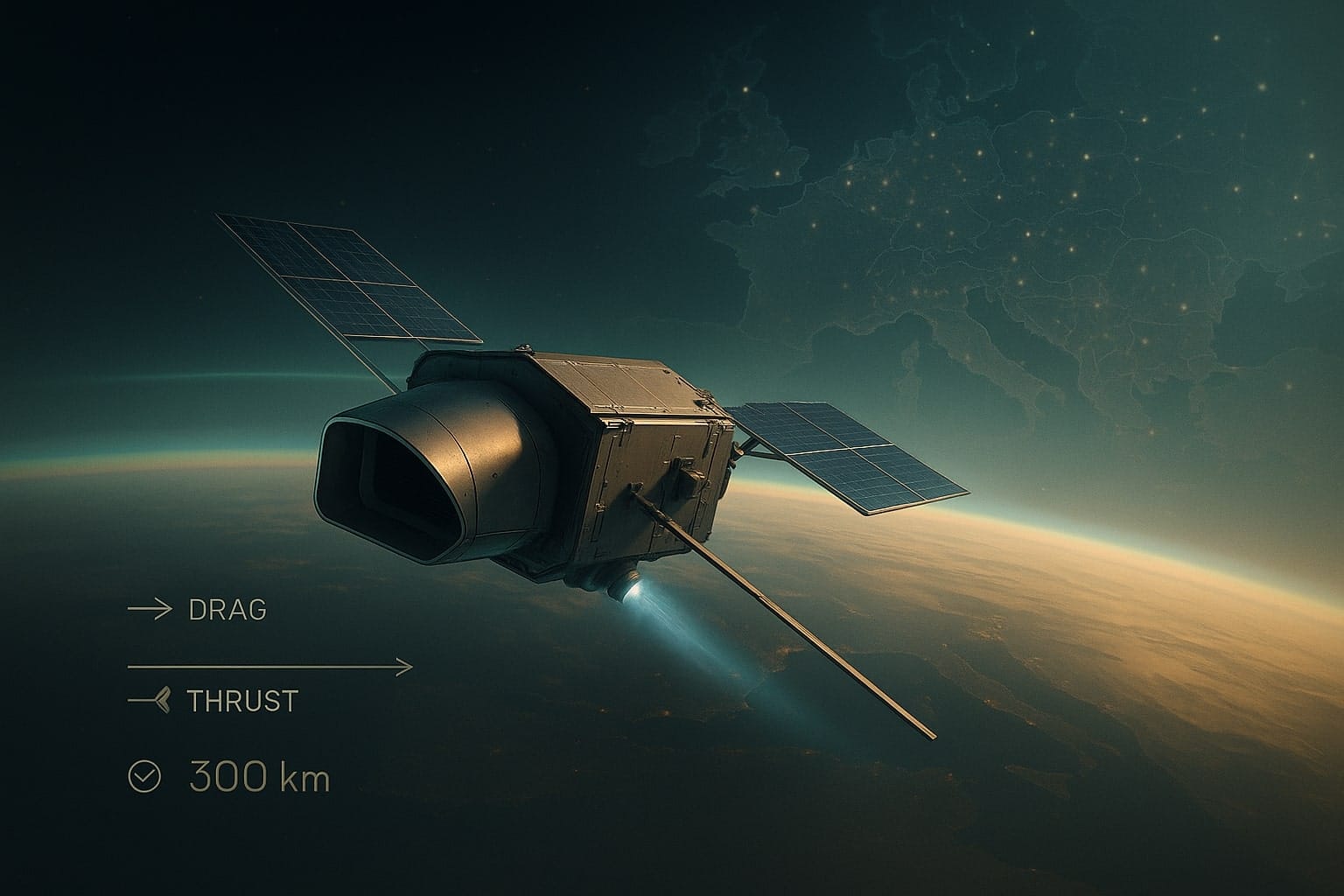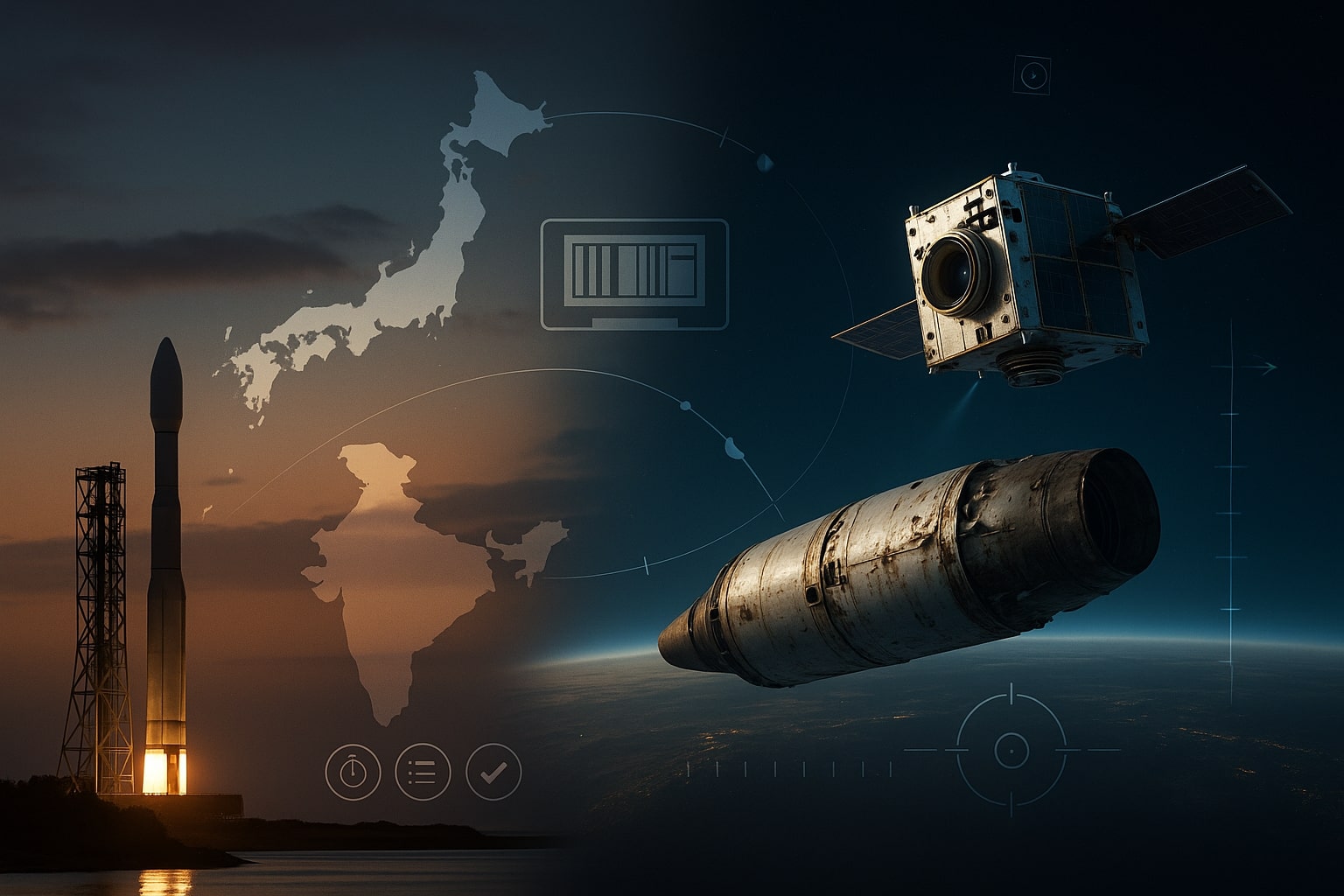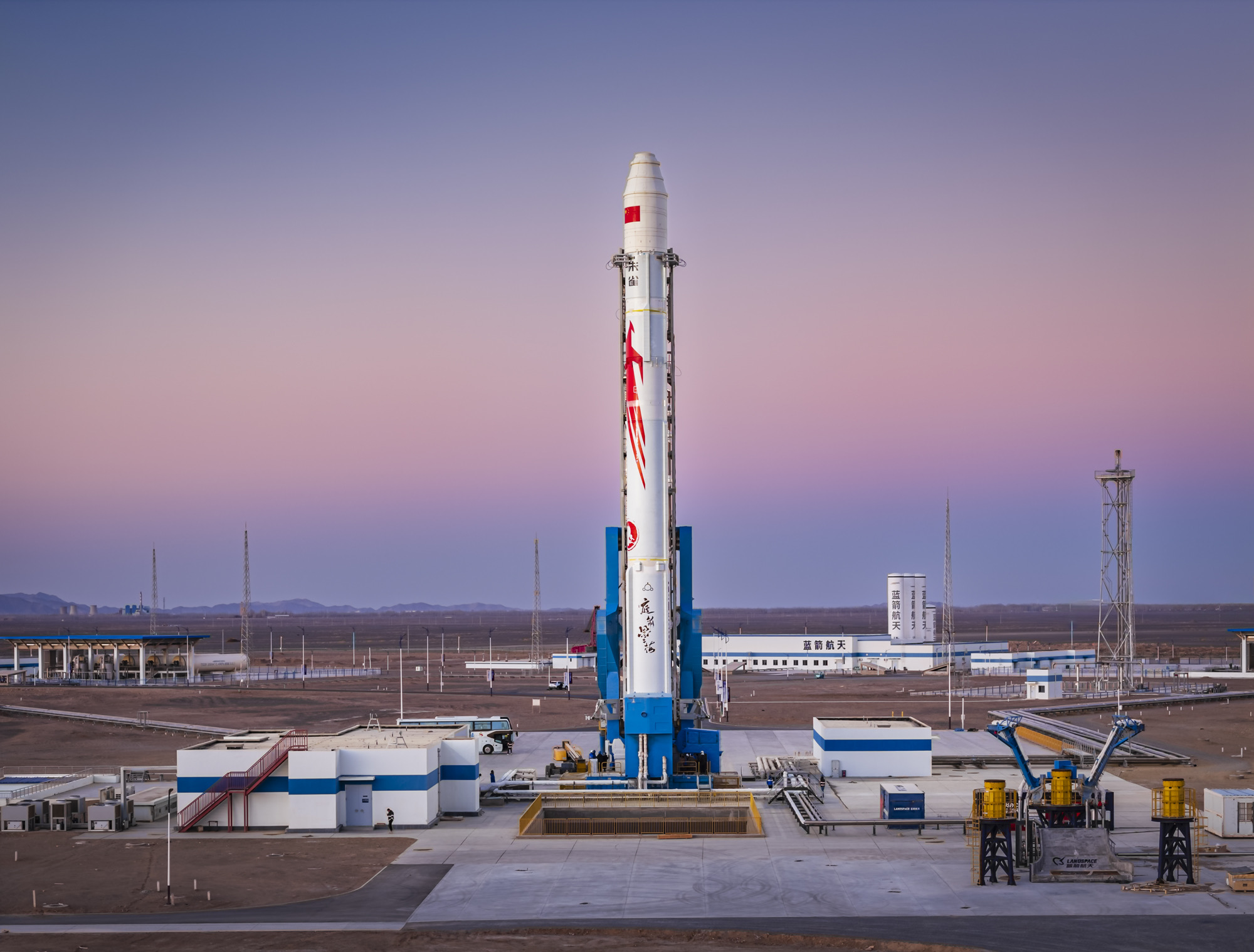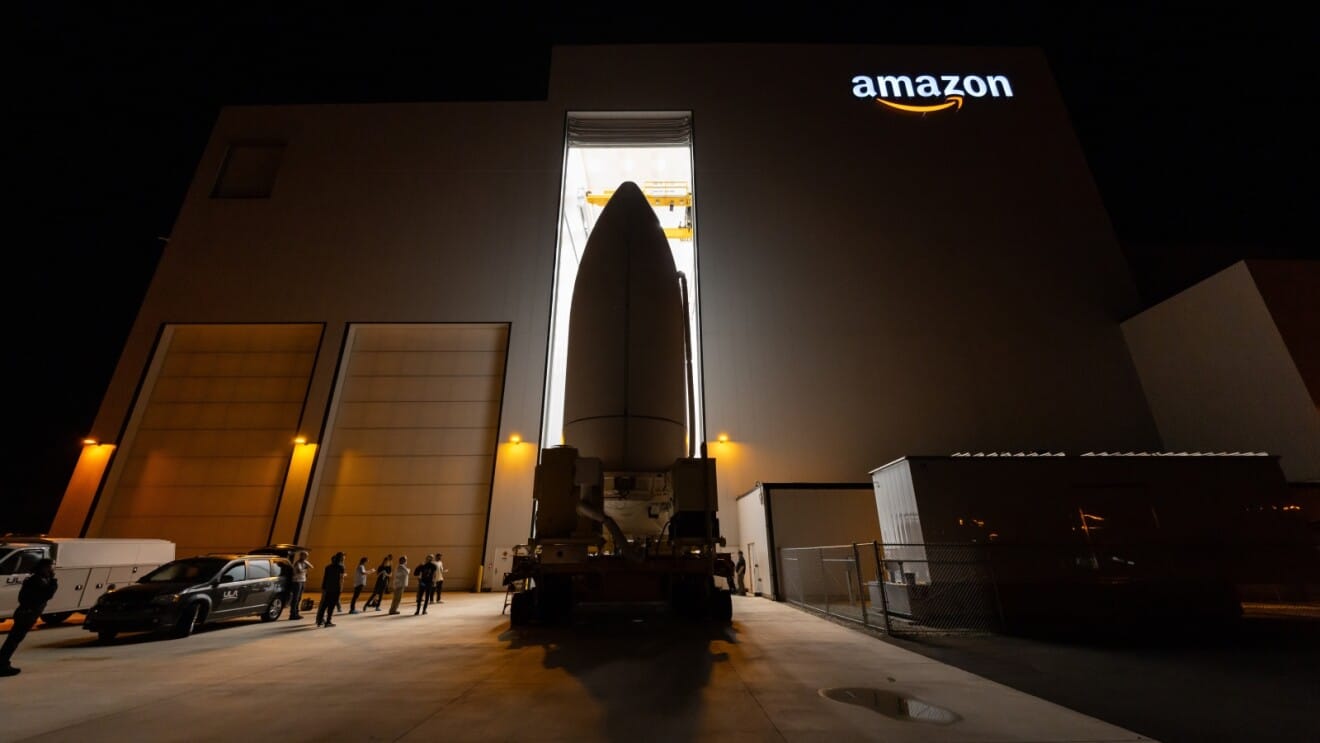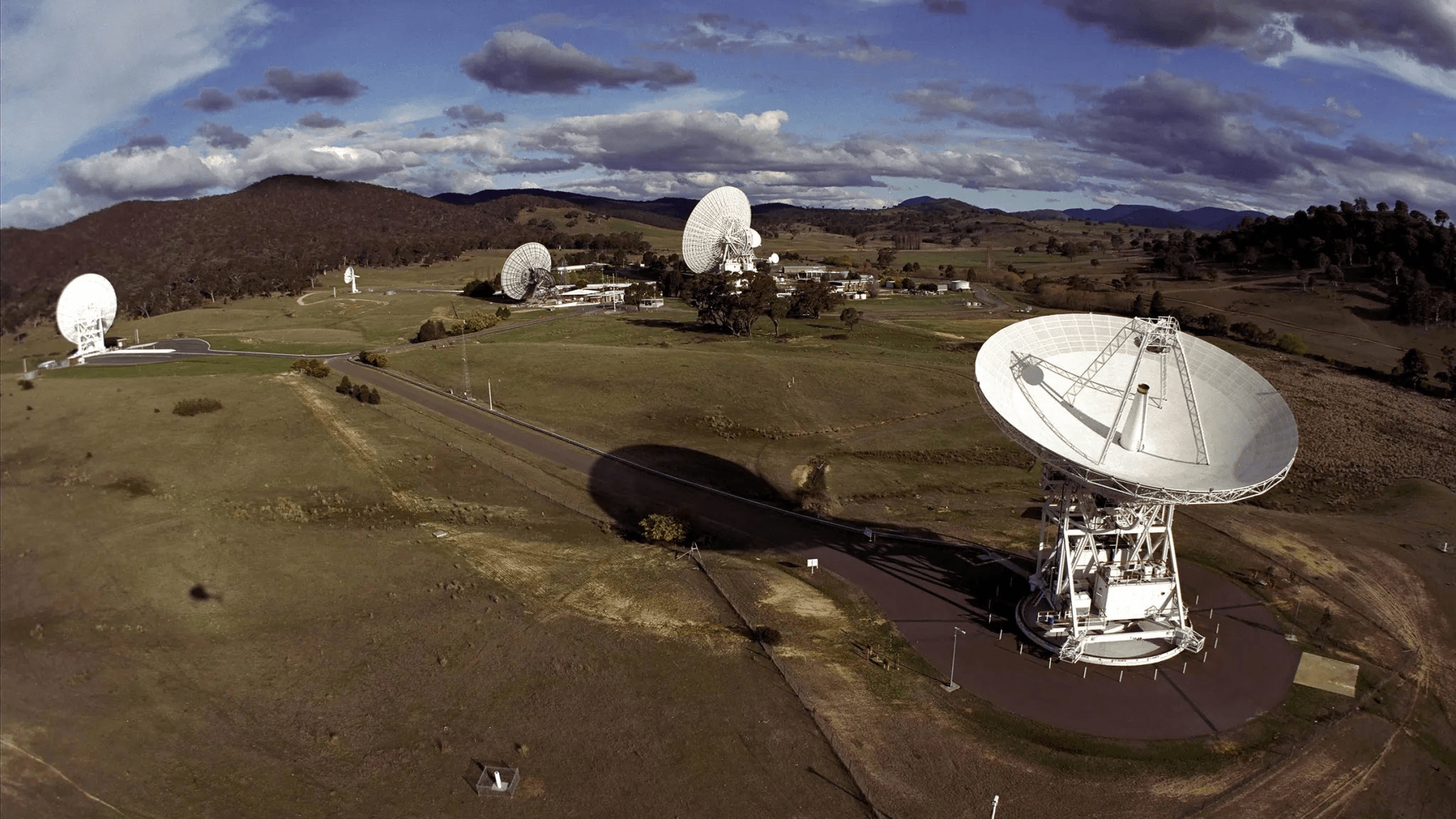In the new era of space commercialization, private enterprises are not just participating; they are leading. Among them, Redwire Corporation, a Florida-based aerospace firm specializing in space infrastructure and innovation, is rapidly emerging as a critical player in ensuring the United States’ dominance in orbit. As NASA gradually shifts responsibilities to private companies and the International Space Station (ISS) inches toward retirement, Redwire is positioning itself as a cornerstone of America’s space economy, ensuring continued access to and utilization of low-Earth orbit (LEO) for research, commerce, and exploration.
Table of Contents
ToggleA New Leader in Space Infrastructure
Founded in 2020 through the merger of Adcole Space and Deep Space Systems, Redwire has made swift strides in becoming a leader in space technology. The company’s offerings include in-space manufacturing, advanced payload integration, and cutting-edge deployable structures, essential for sustainable human and robotic space operations. Over the past four years, the firm has secured contracts with NASA, the European Space Agency (ESA), and multiple private-sector clients, establishing itself as a linchpin in the burgeoning commercial space sector.
The company’s recent financial performance underscores its growing influence. In 2024, Redwire reported revenues of $304.1 million, marking a 24.7% year-over-year increase, signaling strong investor confidence and a robust market position.
Reducing U.S. Dependency on Foreign Space Infrastructure
For decades, America’s space infrastructure relied on partnerships with Russia, Europe, and other international allies. The ISS, launched in 1998, was a joint effort between NASA, Roscosmos, ESA, JAXA (Japan’s space agency), and the Canadian Space Agency (CSA). But with shifting geopolitical tensions and increasing competition from China’s Tiangong space station, U.S. policymakers and the private sector are eager to reduce reliance on international space capabilities.
Redwire is bridging the gap between reliance on international partners and full American self-sufficiency in orbit. Through localized manufacturing of mission-critical components, the company is ensuring that the U.S. remains competitive in space technology. Redwire’s expertise in power generation, robotic systems, and avionics plays a crucial role in this transition.
A key component of this effort was Redwire’s January 2025 acquisition of Edge Autonomy, a company specializing in autonomous airborne systems. The deal expands Redwire’s offerings beyond space infrastructure into the growing autonomous aerial surveillance and defense market, reinforcing U.S. strategic capabilities.
The Economic Impact of Redwire’s Expansion
Redwire’s contributions extend beyond technology—they are driving economic growth. With operations spanning multiple states including Florida, Colorado, California, Alabama, Massachusetts, Indiana, and New Mexico, the company is creating high-paying jobs in engineering, research, and advanced manufacturing. The expansion of the commercial space economy is not only fueling private industry but also revitalizing domestic aerospace manufacturing, a sector long dominated by government contracts.
Beyond job creation, in-space manufacturing is a game-changer. Redwire is pioneering 3D-printing technologies that allow spacecraft to produce tools, replacement parts, and structural components in orbit. This reduces dependency on Earth-based supply chains and significantly lowers launch costs, making space operations more economically viable.
A Post-ISS Era: Redwire’s Role in Commercial Space Stations
The planned retirement of the ISS by 2030 has prompted a race to develop the next generation of commercial space stations. NASA’s Commercial LEO Destinations program is fostering the development of privately operated orbital platforms to replace the ISS. Redwire is deeply involved in this effort, particularly through its participation in Orbital Reef, a project led by Blue Origin and Sierra Space.
Orbital Reef is envisioned as a “mixed-use business park” in space, hosting research, manufacturing, tourism, and government operations. Redwire’s role in this ambitious project includes providing solar power, advanced life support systems, and robotic servicing technologies—all crucial for sustaining long-term human presence in orbit.

Challenges and Competition in the Space Economy
Despite its rapid rise, Redwire faces intense competition from industry heavyweights such as SpaceX, Northrop Grumman, and Lockheed Martin. SpaceX’s Starship, a fully reusable spacecraft, promises to revolutionize space transportation, while Northrop Grumman is developing its own free-flying commercial space station. To stay competitive, Redwire is focusing on strategic acquisitions, cutting-edge research, and government partnerships to cement its role in the market.
Another challenge is sustainability in space operations. The issue of space debris is becoming increasingly critical, with thousands of defunct satellites and spent rocket stages posing risks to active missions. Redwire is addressing this through sustainable manufacturing, debris mitigation strategies, and on-orbit servicing technologies that could prolong the life of satellites and reduce orbital clutter.
What’s Next for Redwire?
Looking ahead, Redwire is poised to expand its influence in lunar exploration, deep-space missions, and defense-related space operations. The company’s expertise in autonomous systems and in-space manufacturing makes it a strong contender for supporting NASA’s Artemis program, which aims to establish a permanent human presence on the Moon.
Redwire’s continued investments in AI-powered space robotics and next-generation satellite infrastructure suggest a long-term vision that extends far beyond low-Earth orbit. If successful, the company could play a pivotal role in America’s push toward Mars and beyond.
Conclusion
As the United States transitions into a privately led space economy, companies like Redwire are essential in ensuring continued innovation, economic growth, and national security. By reducing dependency on international partners, fostering domestic job creation, and contributing to commercial space station development, Redwire is solidifying its place as a leader in the next generation of space exploration.
With the ISS on the verge of retirement and commercial space stations set to become the norm, Redwire’s trajectory mirrors that of the broader U.S. space industry—bold, ambitious, and poised for a new era of expansion. Whether the company can maintain its rapid growth and fend off competition remains to be seen, but one thing is certain: America’s commercial space economy is taking off, and Redwire is at its helm.



